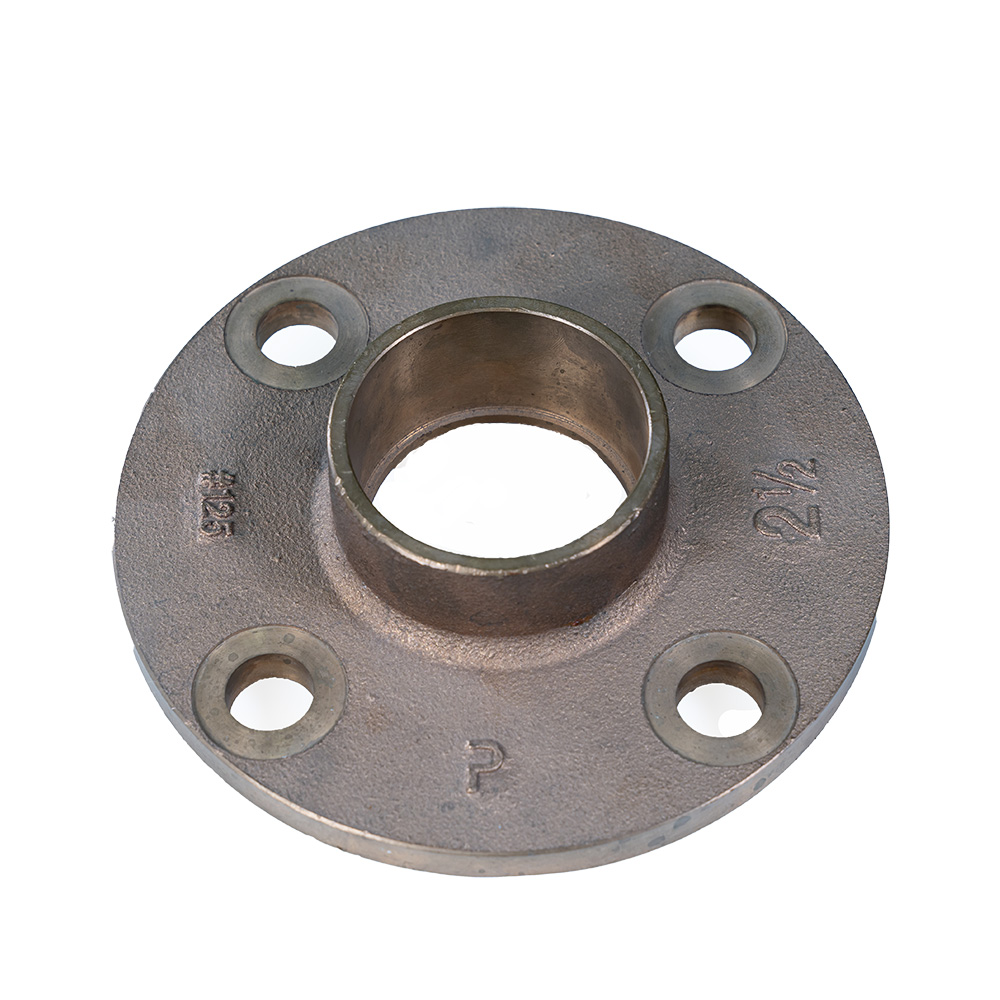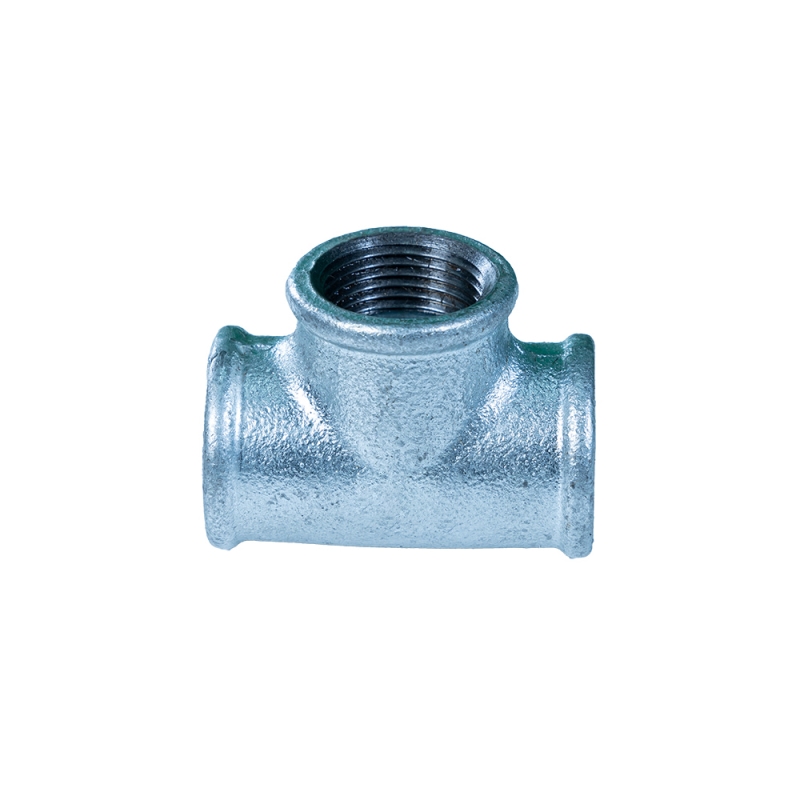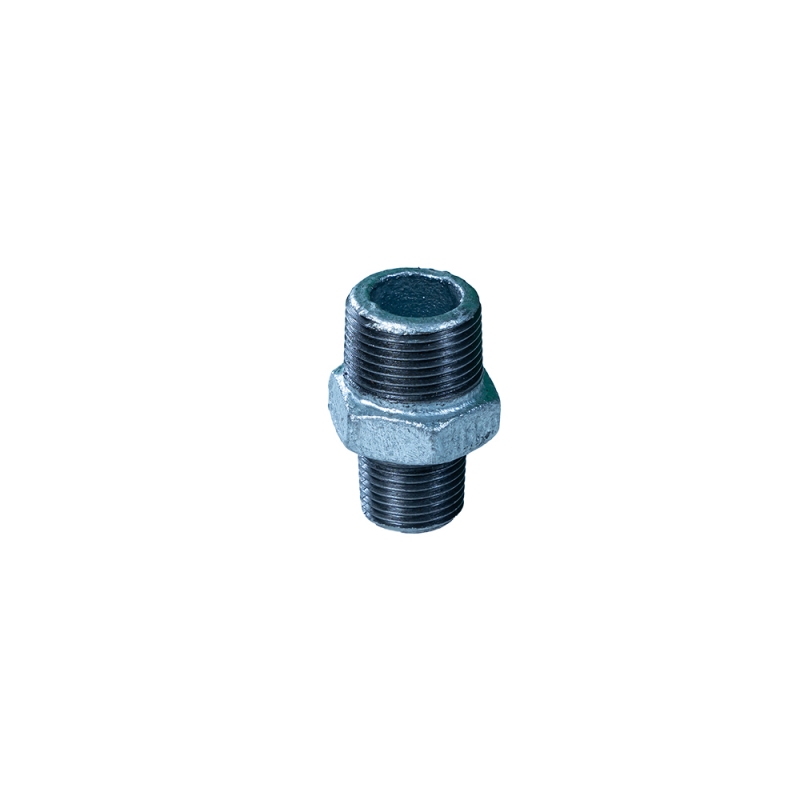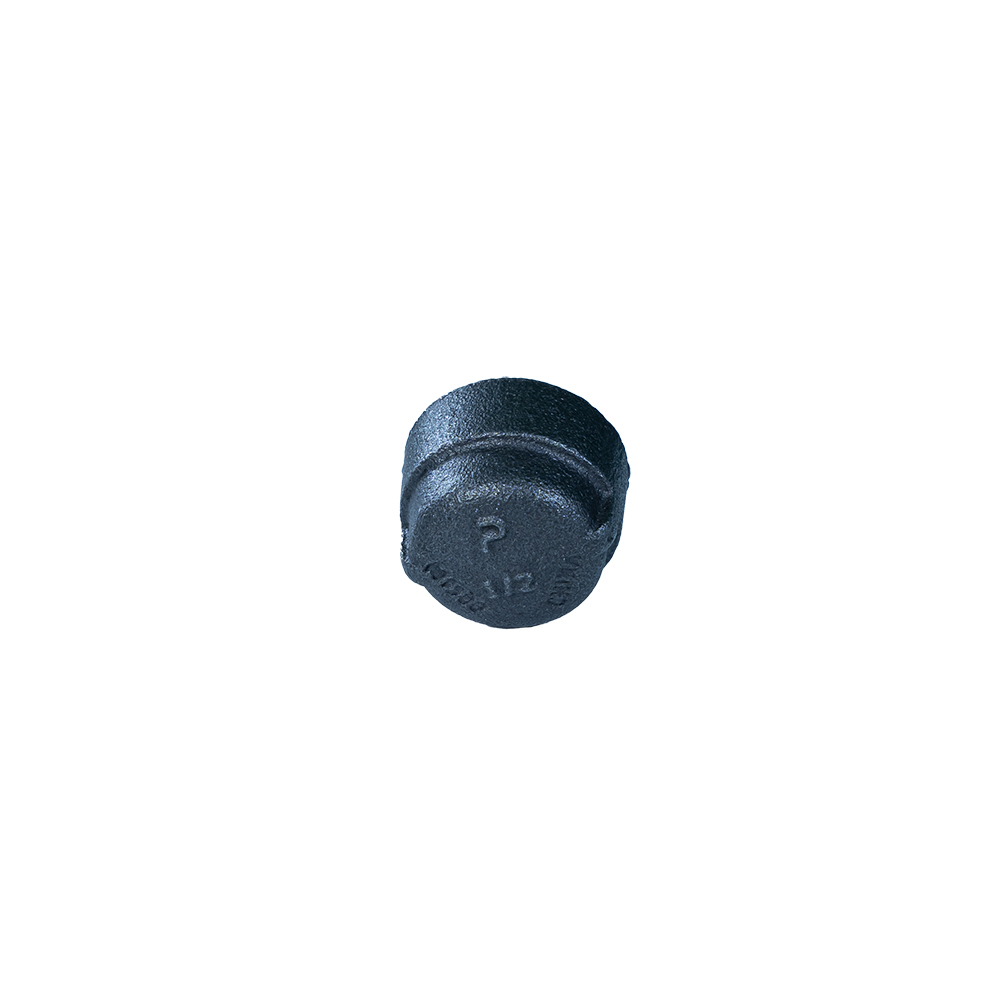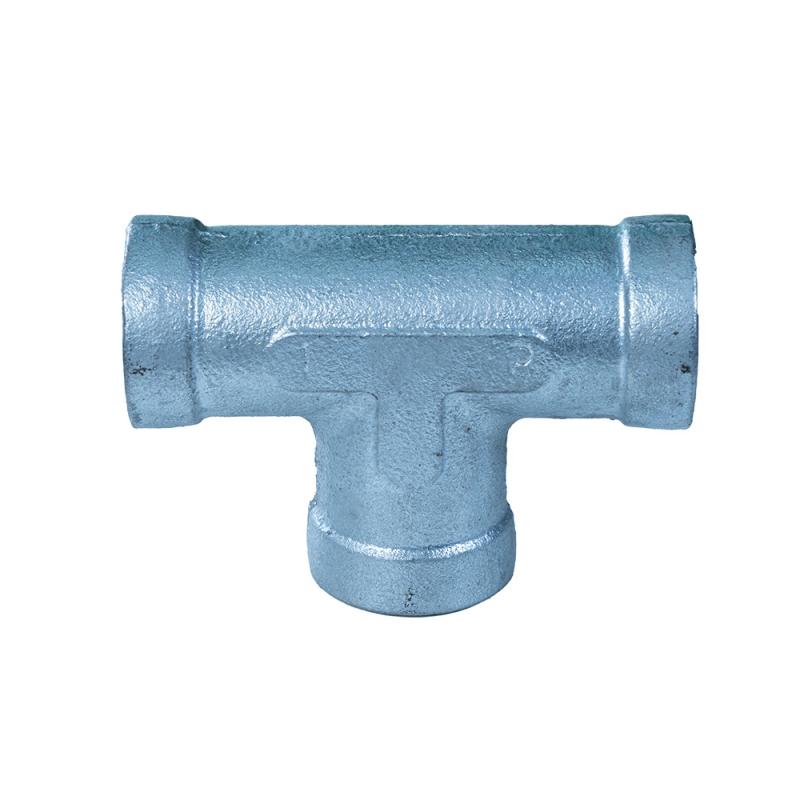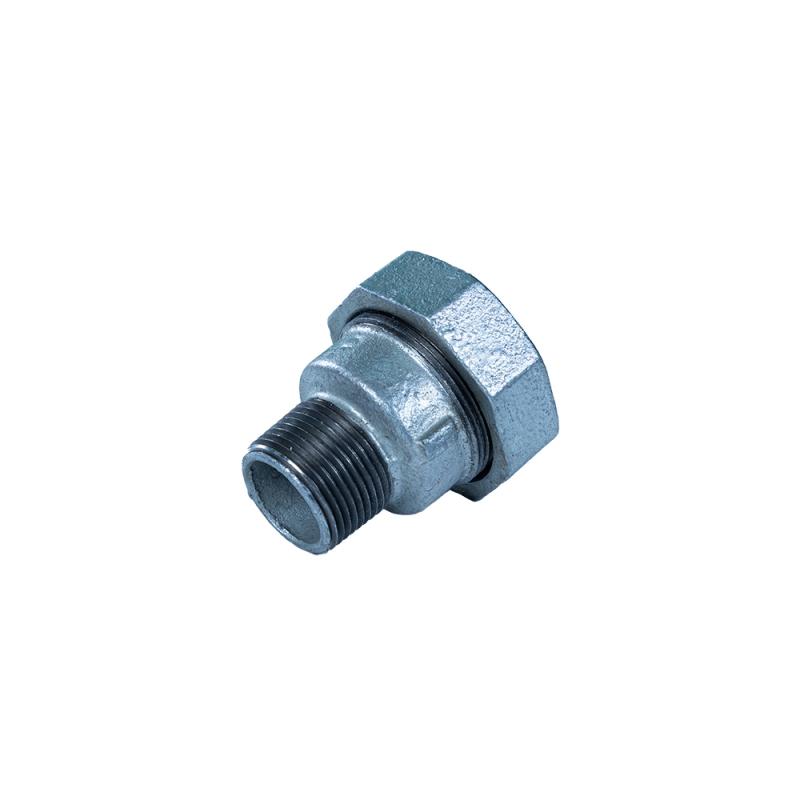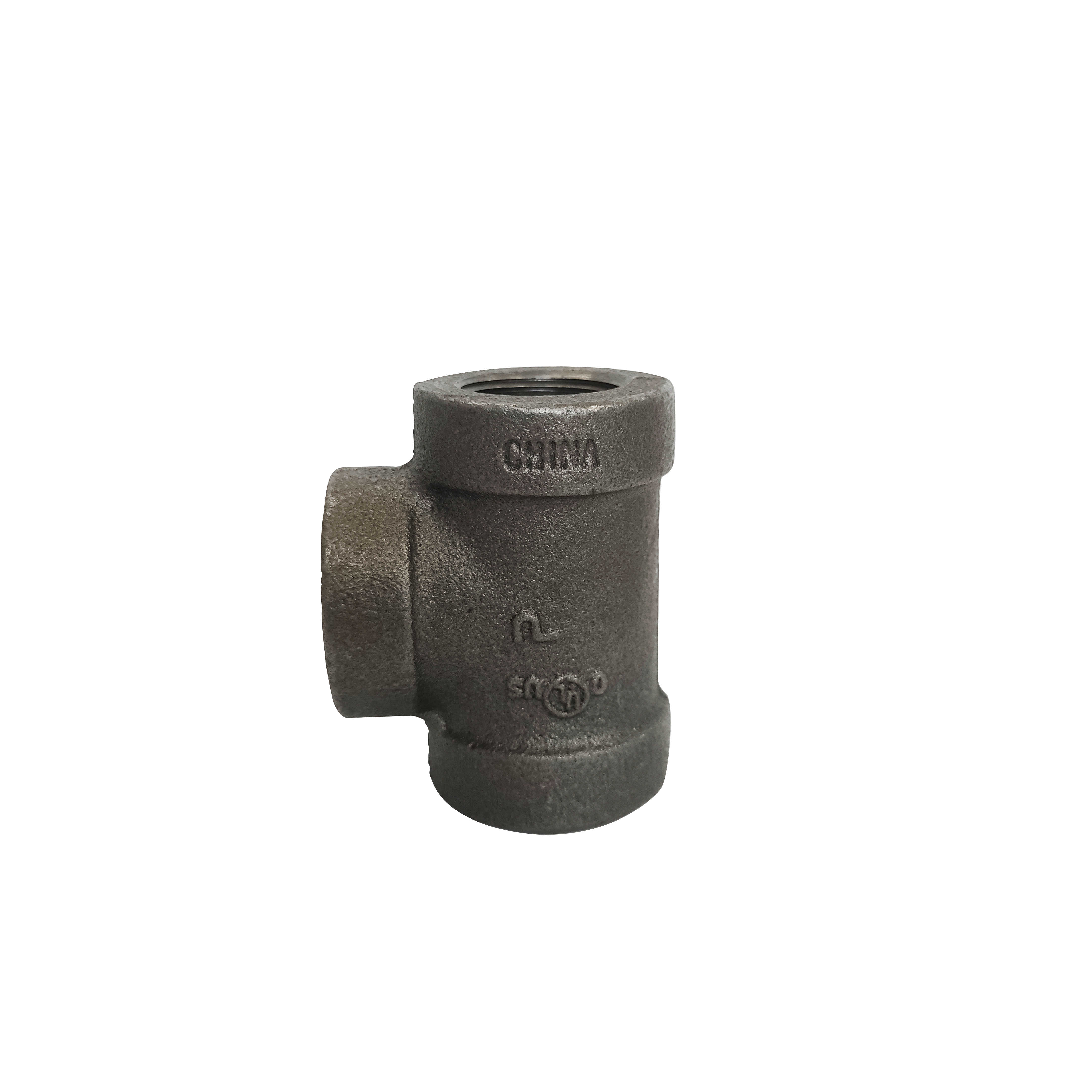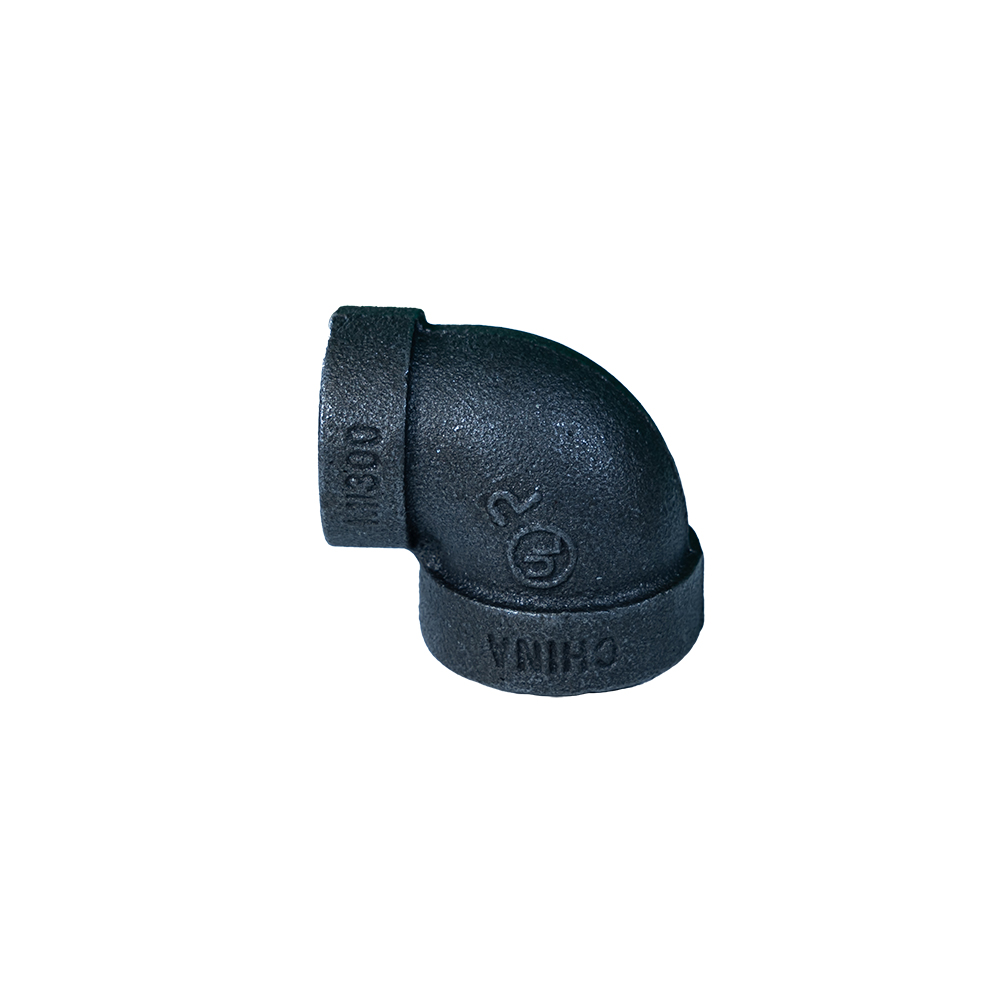In the extensive and intricate world of plumbing and construction, various pipe fittings play a pivotal role in ensuring efficient flow systems. For any professional engrossed in delivering high-quality and reliable projects, understanding the nuances of different pipe fittings is crucial—not just in application, but also as a matter of expertise and authority in the field.
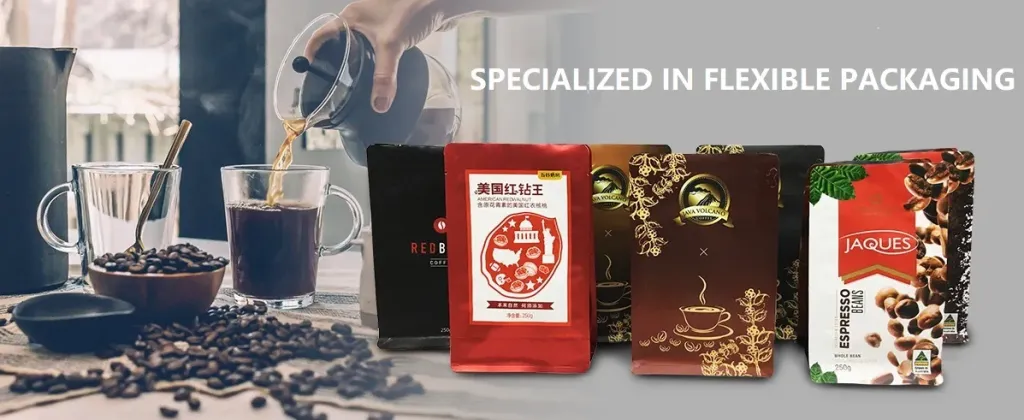
Pipe fittings are components used to connect, control, change the direction of, and terminate the flow in piping systems. Whether it's a residential setup or an industrial installation, the right fittings ensure that piping systems are secure, efficient, and leak-free. The versatility and variety of pipe fittings make them foundational in developing any efficient fluid or gas transport system.
One of the most common types of pipe fittings is the elbow. Available in angles such as 90-degree and 45-degree, elbows are used to change the direction of flow, reducing velocity loss and preventing scouring of the pipes. An experienced plumber understands that the material of the elbow—whether it's copper, PVC, or stainless steel—can significantly affect the system's performance, particularly in terms of thermal expansion and resistance to chemical exposure.
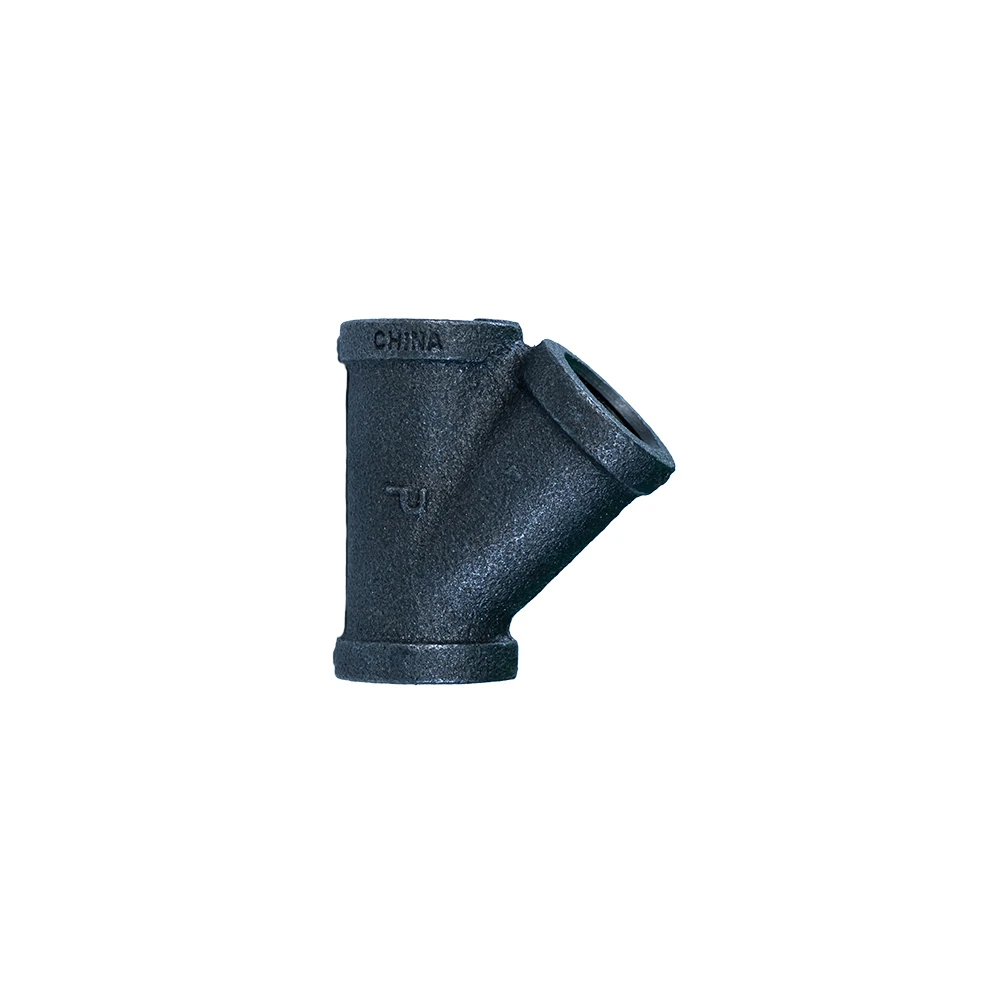
Expert use of T-junctions, or tees, demonstrates a nuanced understanding of distribution networks. A tee divides the flow, allowing fluid to branch in three directions. The importance of correct tee installation cannot be overstated; improper use can lead to pressure imbalances and potential system failures, which is why a seasoned professional always ensures the chosen material and size meet the specific system requirements.
Couplings are vital pipe fittings that connect two pipes of the same or different diameters, ensuring a seamless flow. They come in several forms—compression, slip, and slip socket—offering different levels of flexibility and resistance to movement. Through experience, one learns when to use a flexible coupling over a rigid one, especially in regions where ground movement is common, ensuring longevity and robustness of the infrastructure.
Consider reducers, which are used to connect pipes of differing diameters. A proper understanding of fluid dynamics is essential when implementing reducers, as incorrect sizing can lead to significant pressure drops or undesired backflow. Professionals must be precise in their calculations and selection to maintain system efficiency and avoid costly downtime or repairs.
various pipe fittings
Valves, another crucial category of pipe fittings, regulate, direct, or control the flow of a medium. There are different varieties, including gate valves, ball valves, and check valves, each suited for specific applications. An authoritative knowledge of valve types ensures their correct implementation, maximizing safety and efficiency. For instance, a gate valve is exemplary in on-off applications, but less so in modulating flow rates.
Flanges are used for temporary pipe work or where sections require frequent maintenance. As they allow easy disassembly of pipes, the flange must be selected with consideration towards pressure ratings, material compatibility, and environmental conditions. Trustworthiness in this expertise is demonstrated through precise assembly practices, ensuring no leaks and secure connections.
Finally, caps and plugs are used to close the end of the pipes, an essential step in preserving fluid integrity and preventing contaminants. The selection of a cap or plug must be sagacious, matching the pressure demands and temperature variations the system may encounter.
Within the domain of pipe fittings, detailed attention to material selection, understanding the engineering implications and installation nuances underscore a professional’s expertise and authority. Trust is built by guaranteeing these systems are both efficient and durable, benefiting from accumulated knowledge and specialized skillset.
A trader, contractor, or engineer makes informed decisions not solely on specifications but also on experiential knowledge and expert consultation to ensure that every fitting aligns perfectly with its intended application. The authority in this field comes not only from theoretical understanding but lived experience, ensuring systems are robust, efficient, and built for the future.
Post time:
జన-20-2025




